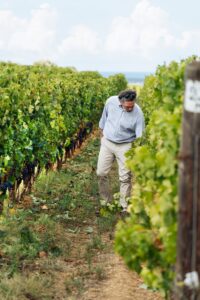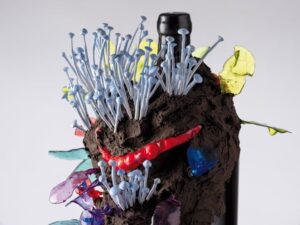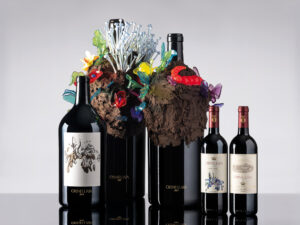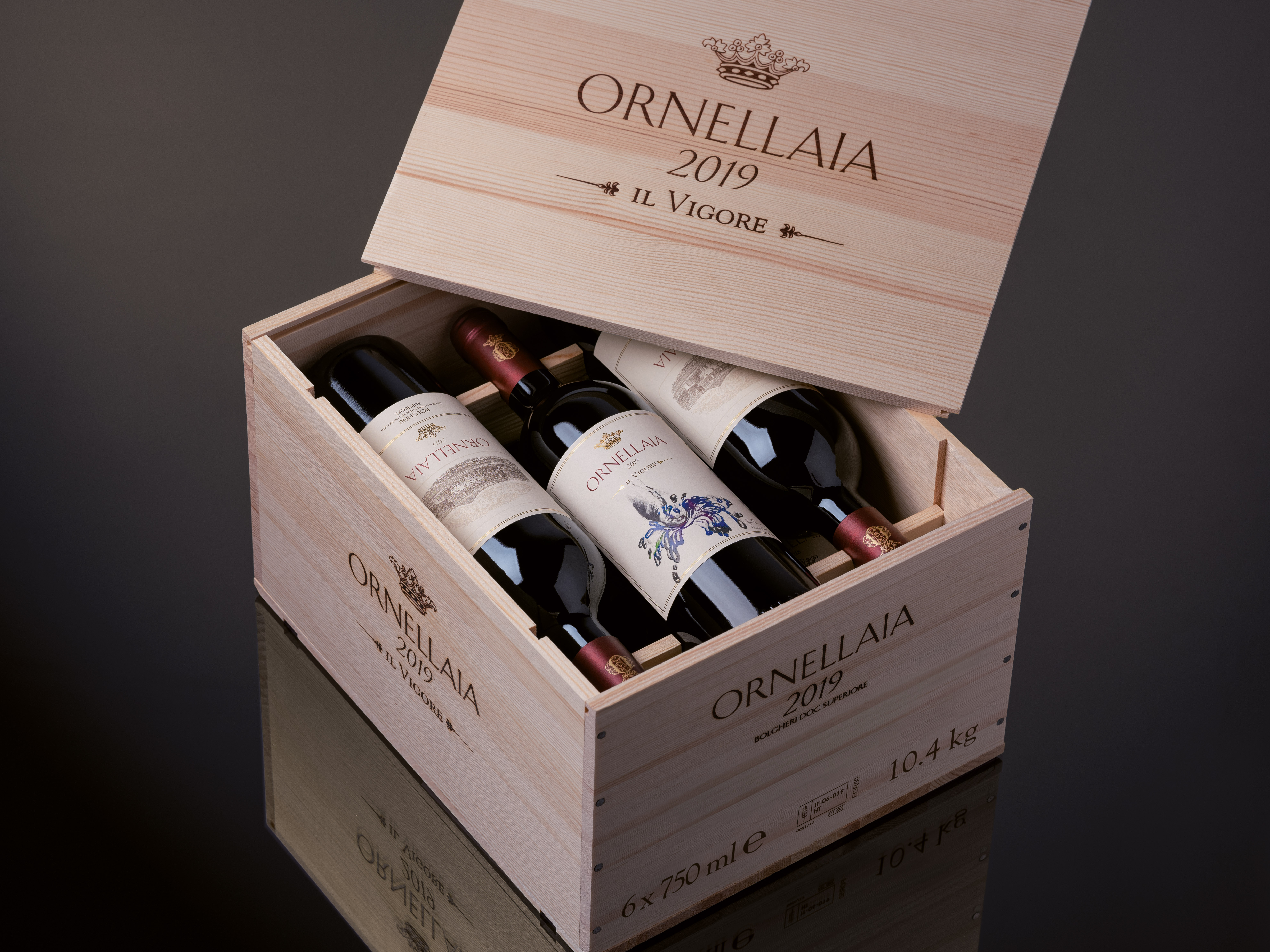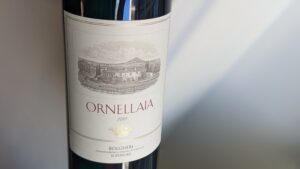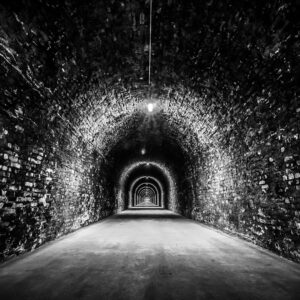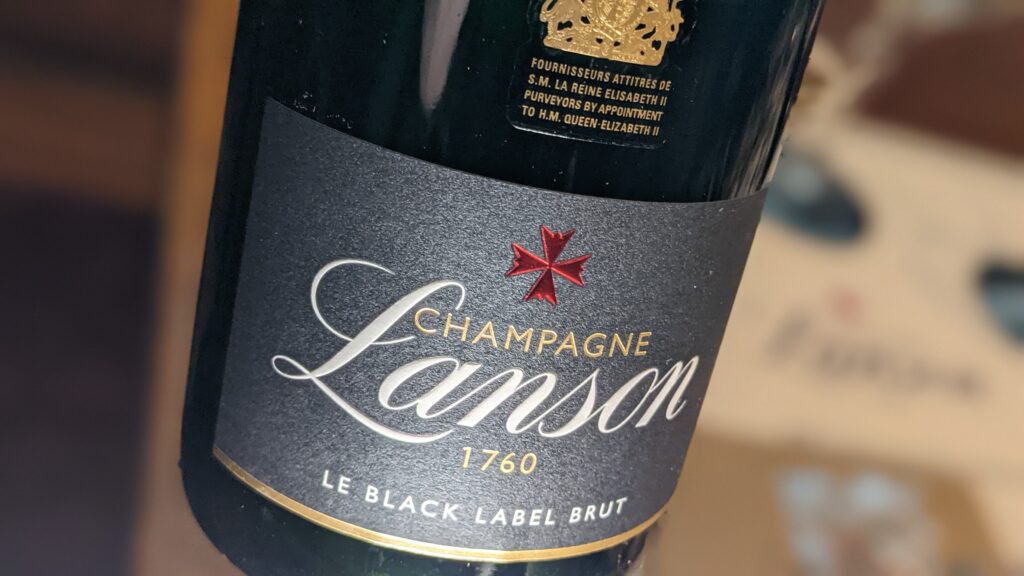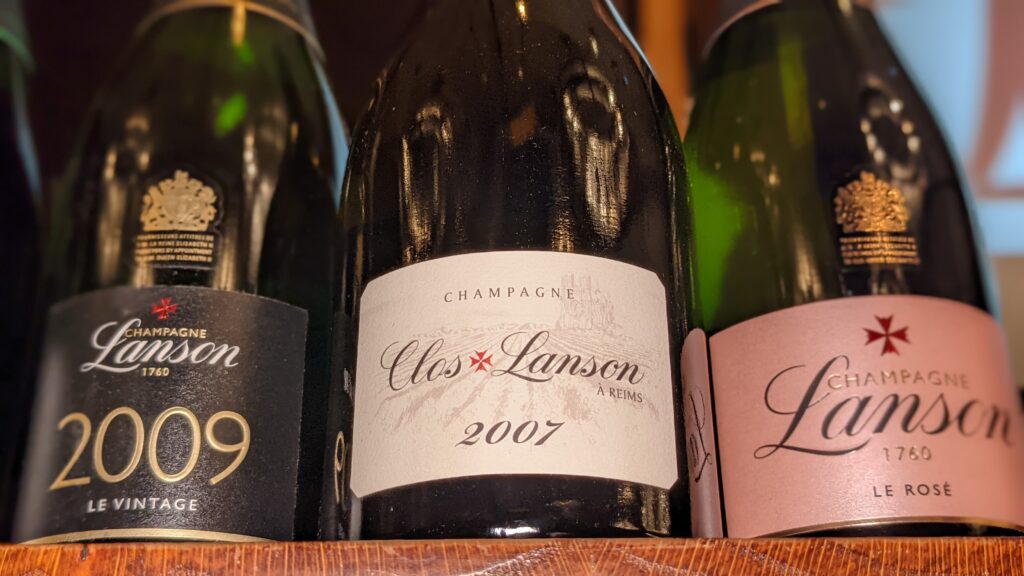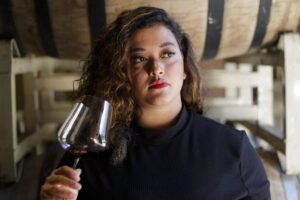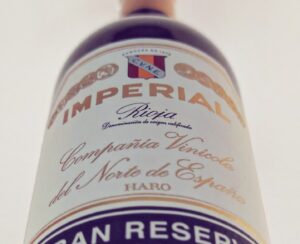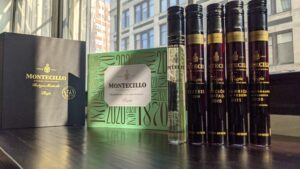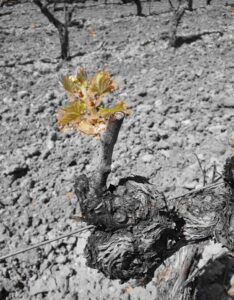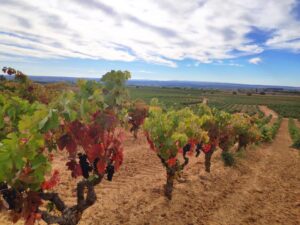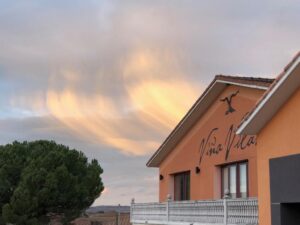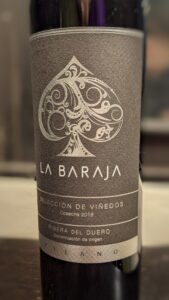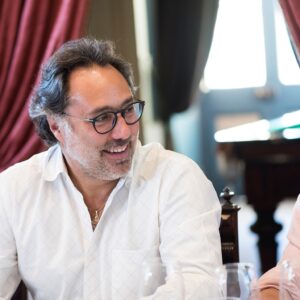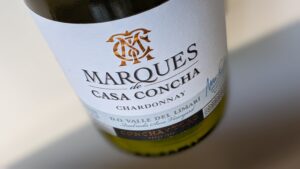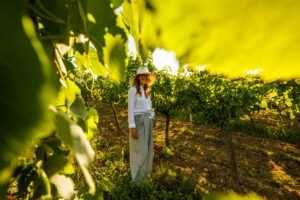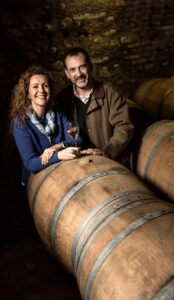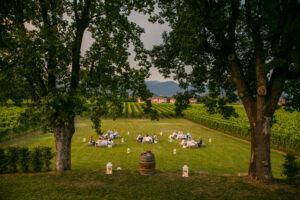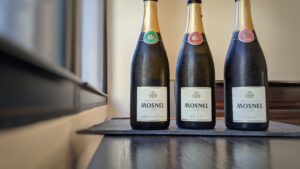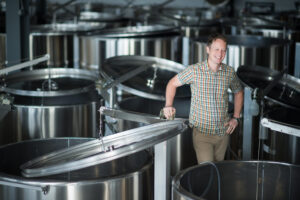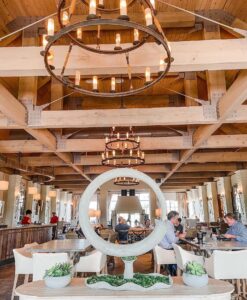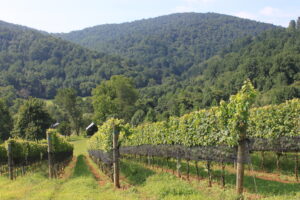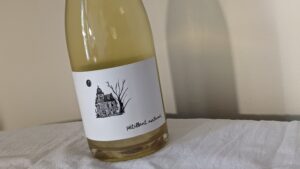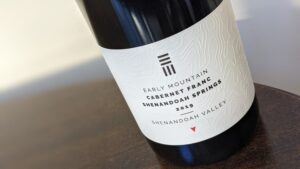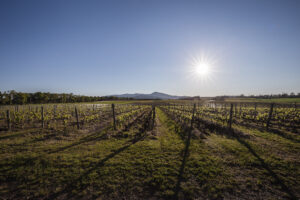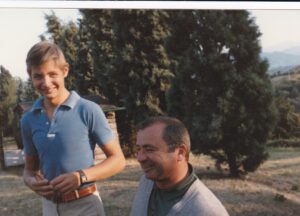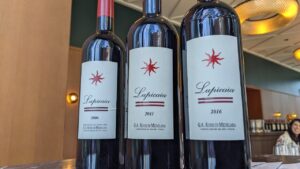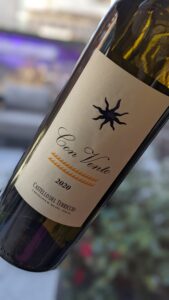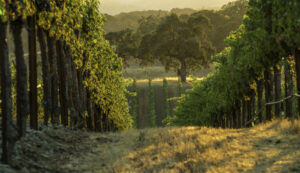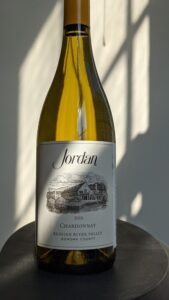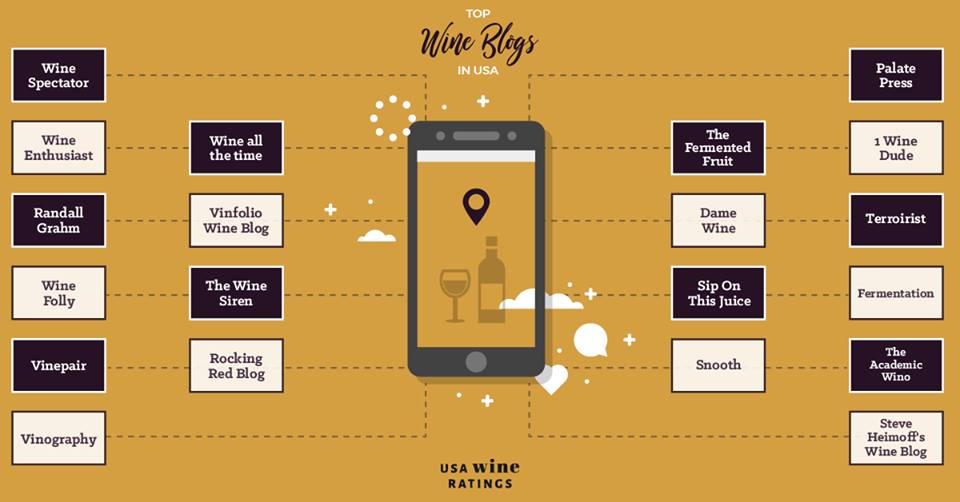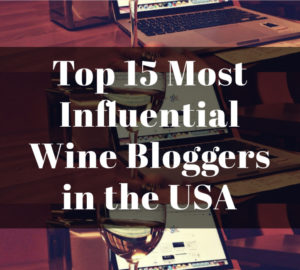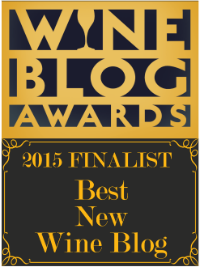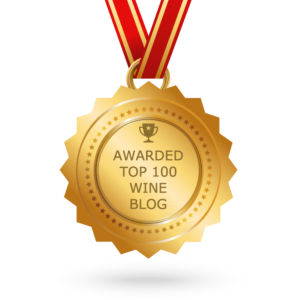As a 29-year-old man took a big gulp of water after his daily run, he could not help but feel a little off; his body felt a little sluggish and it seemed impossible for him to catch his breath. But it was February in New York City, which meant that the height of flu and cold season was still in full force and so he decided to go to the gym and do a vigorous workout as his philosophy of pushing through an impending cold, nipping it in the bud, always worked out for him before. But within a week, his girlfriend abruptly woke him up before his alarm as his lips had a faint hint of blue, and her doctor, who she consulted with before she woke him, told her to get him to the emergency room as soon as possible.
As they jumped into an Uber, the girlfriend grew even more concerned as her boyfriend seemed to ramble on as if he was back in high school dealing with his mother taking him to the doctor. At that point, she knew that either the lack of oxygen or his high temperature was keeping him out of touch with reality. As she ran into the emergency room announcing the symptoms, everyone hurried to make sure to try to cover themselves with personal protective equipment (PPE). Yet, one nurse who leaped into action to bring the man to an area to receive supplemental oxygen couldn’t fully protect herself with proper gear.
At that time, in February of 2020, it was impossible to know that the extremely healthy young man who came into the hospital had Covid-19, as it was seen as a virus that hadn’t made it to the U.S. yet, and even if it did, it only severely affected the most vulnerable of the population. Within a matter of a month, the place known as “the city that never sleeps” was in lockdown indefinitely.
The coronavirus journey of New York City started around the same time as Italy as the international city of Milan was one of the hardest-hit early on as well as NYC getting the first fierce brunt in the U.S., and through time it spread throughout both countries with it making its way quickly to the famous wine region of Tuscany. As one looks back, it is hard to know when it arrived in both countries as some have a theory that it was already present by December, as the first version could have been less contagious and through time, mutations made it capable of spreading like wildfire.
Many questions may never be answered, but the one thing that each person knows is when Covid became real to him.
2019 Ornellaia
The iconic producer Ornellaia, in the special vineyard area of Bolgheri within Tuscany, is getting ready to release their 2019 flagship Bolgheri Superiore Ornellaia on April 1st, 2022, and it is a vintage that displays gorgeous aromas and flavors already in its youth as well as being a vintage that represents an intense journey for the world. The estate director of Ornellaia, Axel Heinz, spoke about the 2019 vintage which they have named ‘Il Vigore’ (‘Vigor’) as it shows the “strength of the healthy growth of the vines” and it further represents the “active vigor of mind and body”.
Going back to the spring of 2019, when the vineyards of Ornellaia first started to go through bud break – when the vines wake from their winter slumber – there was only hope and excitement for the year to come as despite Ornellaia already being considered one of the most outstanding wines in the world, over the past few years Axel has seen a significant leap in quality within the vineyards, and hence, the resulting wines. That hope and excitement turned into unbridled joy during the nearly perfect growing season during the summer, which assisted a balanced ripeness, with the lower temperatures at the end of September retaining finesse and delicate aromatics, resulting in a wine that has an intense concentration yet it is beautifully elegant.
That time seems like over a century ago, as the world is so different today in ways that were unimaginable at one time. No one could have ever guessed just two-and-a-half years ago, in the Fall of 2019, how quickly life would change around the globe. And so when Axel and his team were going through the process of making the wine in October, November and December, they were still in the state of blissful ignorance of what was to come, as most of the Western world was, as they marveled at the great potential of the wine they were producing.
The first wave of Covid in Italy started in February but seemed isolated within the regions of Lombardy and Veneto, and then, before protocols or procedures could be in place as there were still many unknowns, it started to spread across Italy as it did in the U.S., as well as many other countries.
As there were many tragic deaths, destroyed economies and traumatized populations around the world, it became unknown for a time how long lives would be placed on hold.
Ornellaia Vendemmia d’Artista
Two years later, the world is still trying to find a balance while living under the uncertainty of Covid yet Italy, like the U.S., has tons of experience in managing Covid, and there is a light at the end of the tunnel.
As the 2019 Ornellaia, named ‘Il Vigore’, is going to be released as hope starts to enter the world and their Vendemmia d’Artista project, which is a collaboration with a new artist each year, will showcase the theme of metamorphosis on a label. This artists’ label will grace one of the six 750ml bottles in every case of Ornellaia, as well as having a limited edition of 111 large-format bottles with some taking on a fantastical, unconventional form of expressing the theme such as sculpting material that looks like the soil with objects representing the beauty that comes from it on the largest formats.
For the first time since the Vendemmia d’Artista was established in 2009, two artists have been chosen, Nathalie Djurberg and Hans Berg, with Nathalie noting that their art reveals the “hidden beauty” of the earth and the “secret” within the ground that no one thinks about. Hans expanded on Nathalie’s words by saying that they wanted to showcase the “capacity of nature” with its regenerative powers and part of that is the process of metamorphosis – the transformation from an immature form to an adult form.
As the world cautiously and slowly starts to find a way back to life, each person’s metamorphosis cannot be underestimated during these tough couple of years. Like any transformation there is a lot of fear, pain and mourning of what was lost in the process. At times it seemed life as the world knew it was being torn away before people had a chance to prepare mentally, and there is an innate desire to go back to the pre-pandemic life, the life that was comfortable and predictable. But the world is seeing that things have changed forever, and there is grieving with such a realization but that doesn’t mean things are worse; some are finding that their life could be better. As that man who lost his job, or that woman who lost her friend or that man who almost lost his life have discovered, after the trauma there is a secret in each of them that they are finally tapping into, that they are a lot more than the life they were allowing themselves to live. Why be trapped in circumstances by fear when the worst thing that one could imagine has already happened?
Ornellaia ‘Il Vigore’ represents that fearful process of metamorphosis that ultimately leads to the opportunity to awaken that potential within someone so he can transform his life into what it was always meant to be.
***This article was originally published on Forbes: https://www.forbes.com/sites/cathrinetodd/2022/02/17/iconic-wine-producers-theme-for-new-2019-release-relates-to-the-worlds-covid-journey/
2019 Ornellaia ‘Il Vigore’ Bolgheri DOC Superiore will be released onto the market on April 1st, 2022.
The 2019 Ornellaia Vendemmia d’Artista project will include a label styled by the artists on one of the six 750ml bottles in every case of Ornellaia. As in previous years, the project includes a limited release of 111 large-format bottles (100 Jeroboams – 3-liter, ten Imperials – 6-liter, and one Salmanazar – 9-liter) which are numbered and personally signed by the artists. Every year a selection of these bottles is auctioned by Sotheby’s and the profits go to support the Mind’s Eye program at the Solomon R. Guggenheim Foundation. Ornellaia has raised over two million dollars for the Mind’s Eye program – assisting visitors who are blind or have low vision in experiencing art by using all the senses.
2019 Ornellaia ‘Il Vigore’ Bolgheri DOC Superiore, Bolgheri, Tuscany: 62% Cabernet Sauvignon, 31% Merlot, 4% Petit Verdot and 3% Cabernet Franc. Ornellaia is historically known to have more plantings of Merlot than other top “Super Tuscan” producers but over the years they have been planting more Cabernet Sauvignon in areas where it will do well, and 2019 was a great vintage for the Cabernet Sauvignon, according to Axel. This wine has a nose that sings from the start with notes of violets, rich blackberry and blueberry fruit with spicy and herbal notes intertwined that had a touch of lushness on the mid-palate yet balanced exquisitely by bright acidity and lots of vitality along the fine, silky tannins that had an extraordinarily long length of flavor finishing with a refined saline mineral note.


